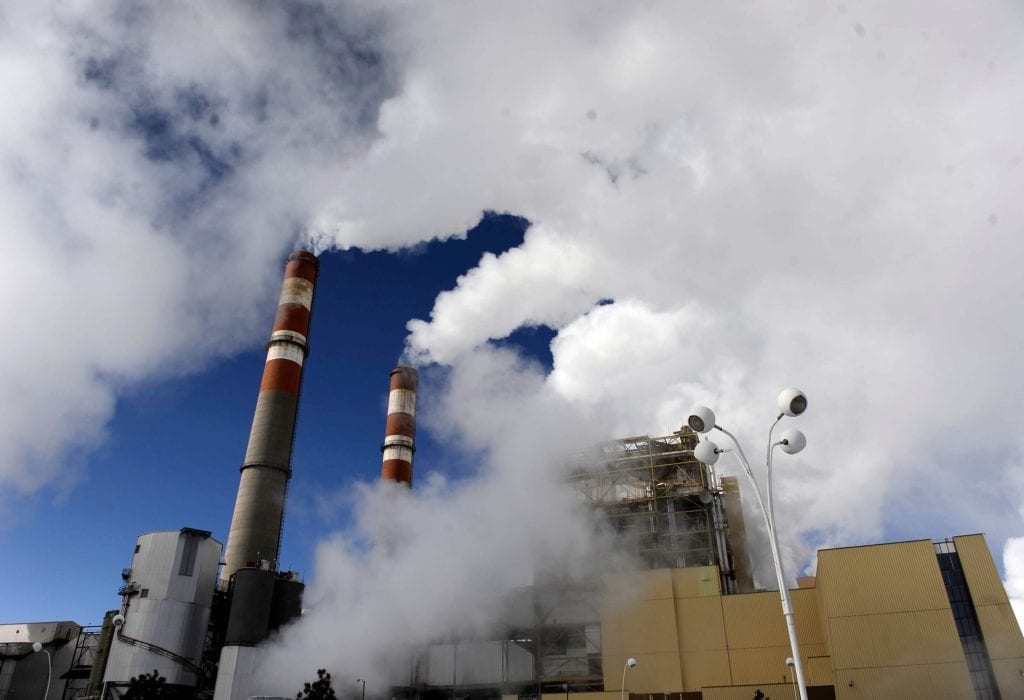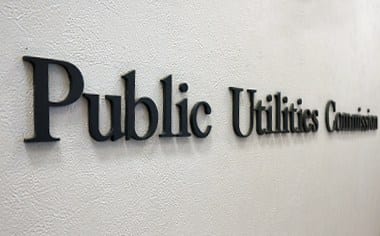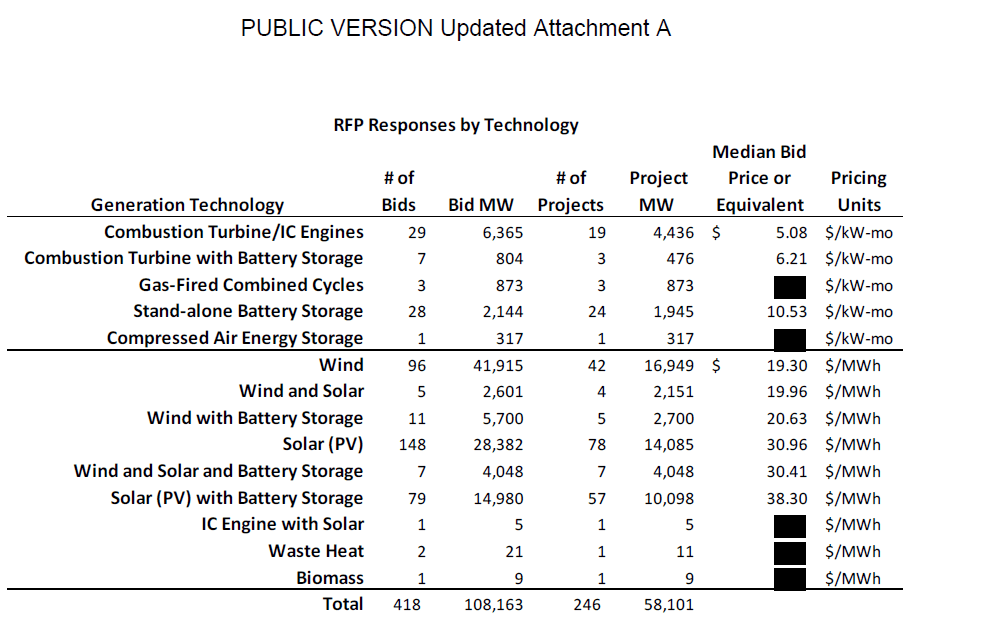
Last year, utility experts were stunned when Xcel Energy’s request for renewable proposals brought record-low bids for wind and solar in Colorado – the lowest ever received by a utility, nationally. Extraordinarily, these low bids meant that wind sources with storage were now cheaper than coal!

This week, in a packed room on a hot August day, the Colorado Public Utilities Commission approved Xcel’s “Colorado Energy Plan”, which proposes pivoting away from coal-based energy and moving towards cheaper energy resources like wind and solar. During the hearing, one commissioner noted that, for the first time, would be able to consider the idea that the least cost portfolio is not one dominated by fossil fuels.

The plan would partially retire the Comanche Generating Station in Pueblo, Colorado, 10 years early. Commissioner Wendy Moser said “considering the age of these plants, they most certainly warrant being shut” and Commissioner Frances Koncilja agreed that closing Comanche 1 & 2, is “the right thing to do.” These units in Pueblo emit about 4.5 million tons of carbon pollution each year.
Instead of burning fossil fuels for power, it would use a mix of solar, wind, and storage, along with existing natural gas plants. All told, the plan would retire 660 megawatts of coal generation and add 1,100 megawatts of new wind capacity, 700 megawatts of solar generation, and 225 megawatts of energy storage.
Not only does this mix of renewables relieve the health impacts from coal-fired power and reduce Carbon Dioxide pollution by 60% (by 2026), it will also boost the local rural economy to the tune of $2.5 billion (The plan features a total of five solar power plants, three of which include energy storage. Three of these plants are located in the Pueblo, Colorado area and another in Park, the western part of the state. A large energy storage would be located in Adams, Colorado).

All numbers aside, the big news here is that coal-fired generation is being laid to rest, and gas plants are explicitly not being built, in favor of renewables and storage projects. The great story here is that customers will actually save millions of dollars by closing coal plants a decade early because these generating stations are no longer economically viable. What this means, is that the old way of thinking – that renewables are too costly – is going the way of the dinosaurs.
While this is major progress, we still have plenty of dirty-coal-years to make up for and we just don’t think this plan goes far enough.
Why aren’t we ready to celebrate? Let me explain.
While Xcel did back away from its coal-fired generation somewhat, it also missed out on a major opportunity to switch to renewables in favor of keeping coal afloat. Xcel received 16,949-megawatts of bids for new wind projects. Colorado’s electric generating capacity is 16,046-megawatts. That means that the company received enough wind bids to power the entire state (and then some)!
Xcel received over 50,000 megawatts of wind, solar and storage bids–most under 3.5 cents/kilowatt-hour (if you’re not familiar with energy pricing, just trust me when I say that is very low; most coal averages more 3 cents/kilowatt-hour and in some areas more than 5 cents/kilowatt-hour). While we are impressed by the bids that Xcel received initially, we were disappointed that the company ended up only taking a few of these bids, leaving much of the renewable projects on the table, to languish.

March 1, 2018, updated report shows the rock-bottom prices of wind and solar. (To clarify in reading this chart, the prices above the line are for capacity and can’t be compared to the prices below the line. Also, to convert from $/megawatt-hour to cents/kilowatt-hour, just divide by 10.)
Not only did Xcel let wind and solar projects slip through their fingers, they also committed to the continued operation of 1,800 megawatts of coal-fired energy in Colorado. Among the plants that will continue to stay alive in Colorado are:
- The 750-megawatt Comanche 3 power plant in Pueblo,
- The 505-megawatt Pawnee plant northeast of Denver,
- The 441-megawatt Hayden power plant west of Steamboat Springs,
- The 83-megawatt portion of the Craig power plant in northwest Colorado
And finally, as we have written before, there’s more to Xcel’s plan than simply shutting down dirty coal plants. As our friends at Clean Energy Action have exposed, Xcel’s proposal forces ratepayers to cover the costs of recent investments at Comanche. We don’t think we should have to bail out the utility’s bad business decisions.
Renewables have proven to save Coloradans so much more money than continuing to operate costly, dirty coal-fired power. Again, while we are impressed by the direction Xcel’s plan is progressing, we believe there was a missed opportunity that would have saved rate-payers money and increased protection to public health by leaps and bounds. Stayed tuned.
We won’t stop until we get the clean energy our climate and citizen deserve, and our planet needs.